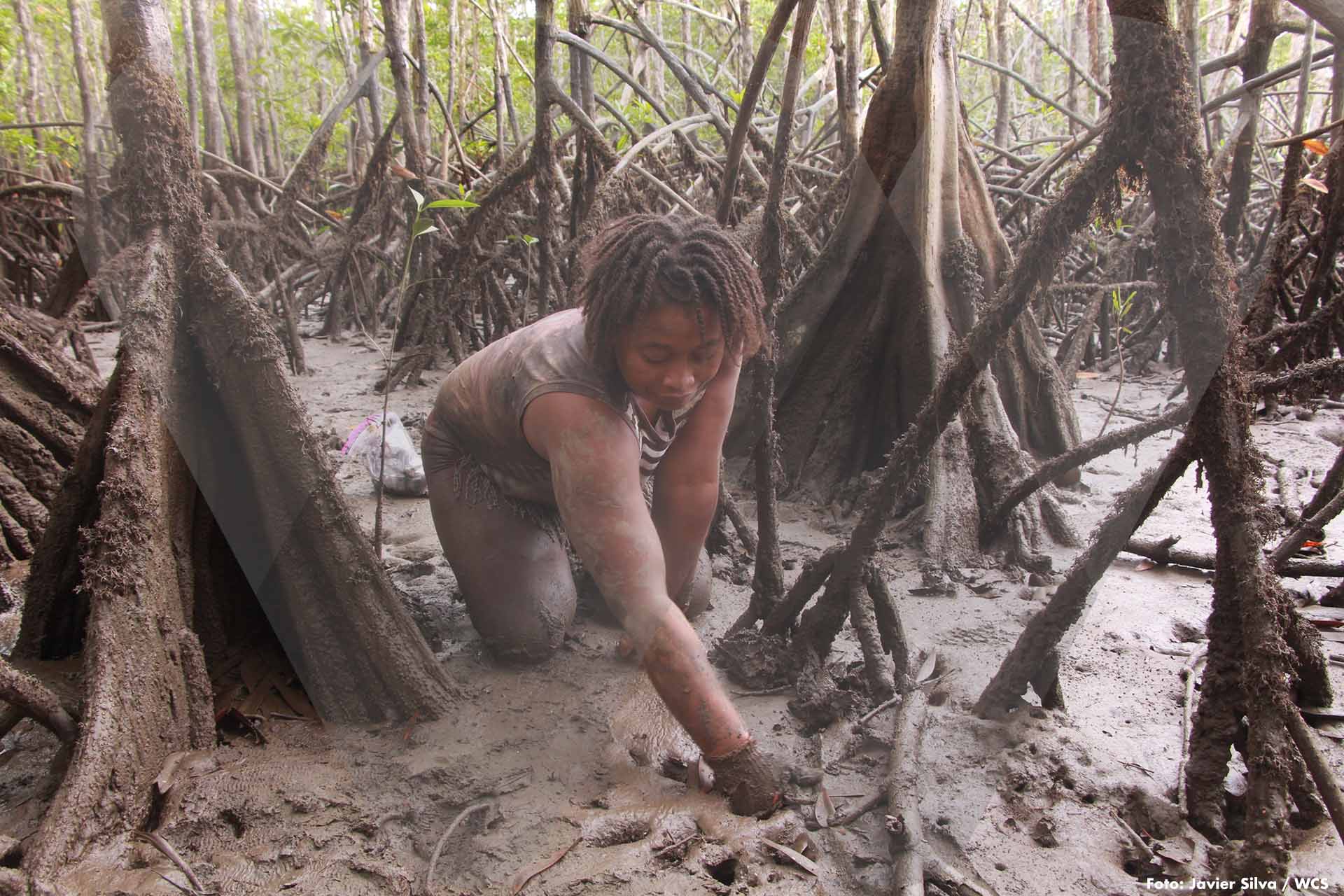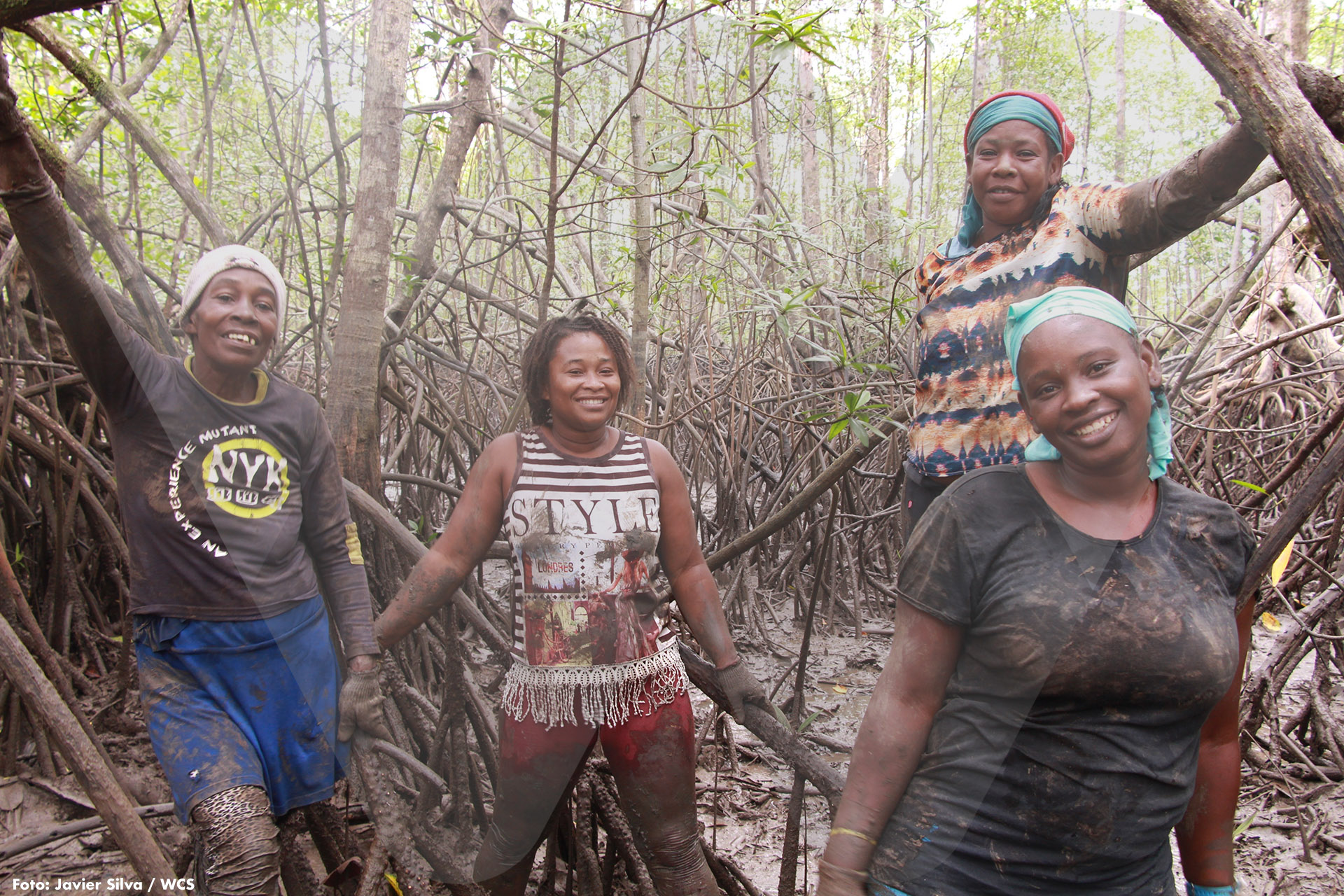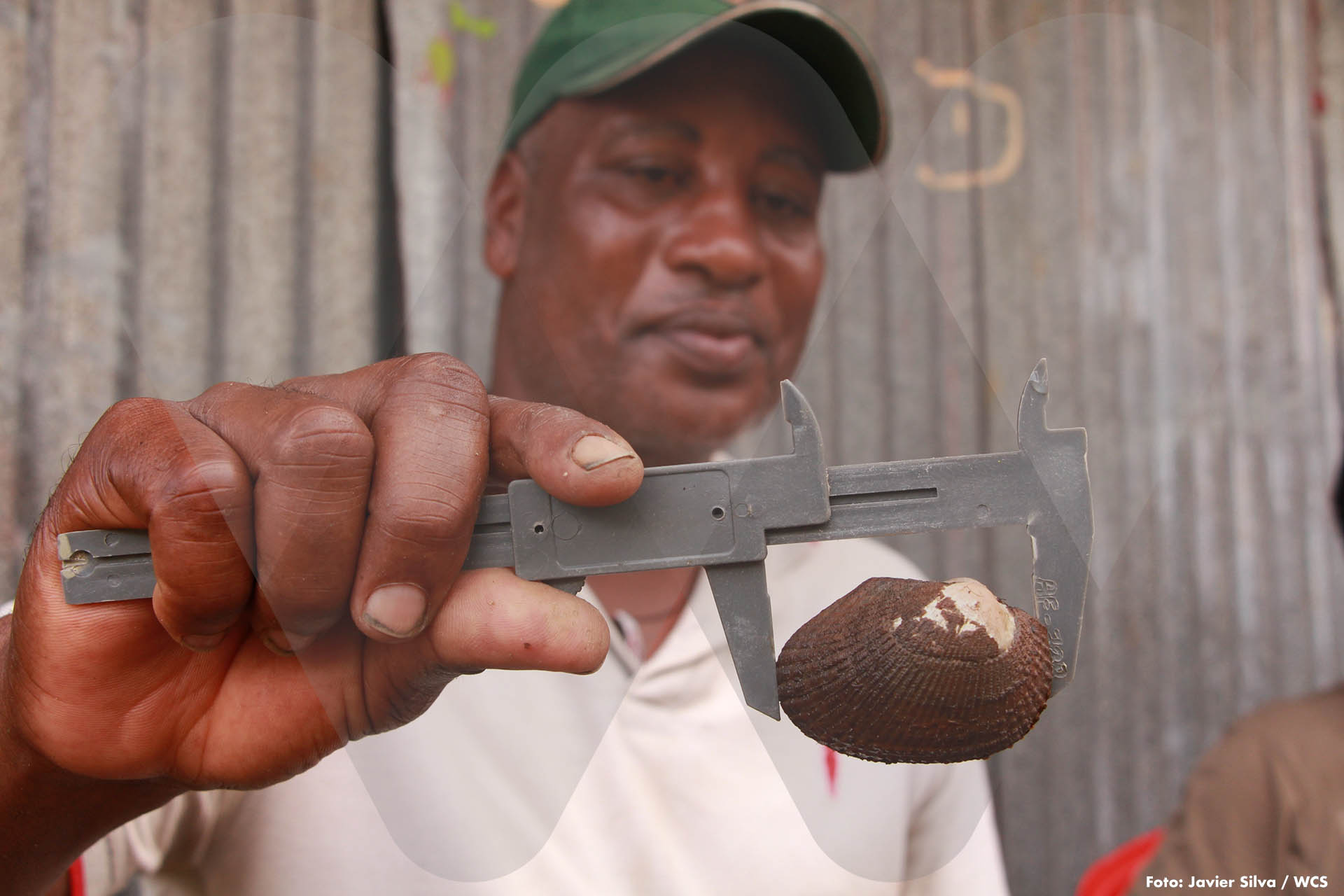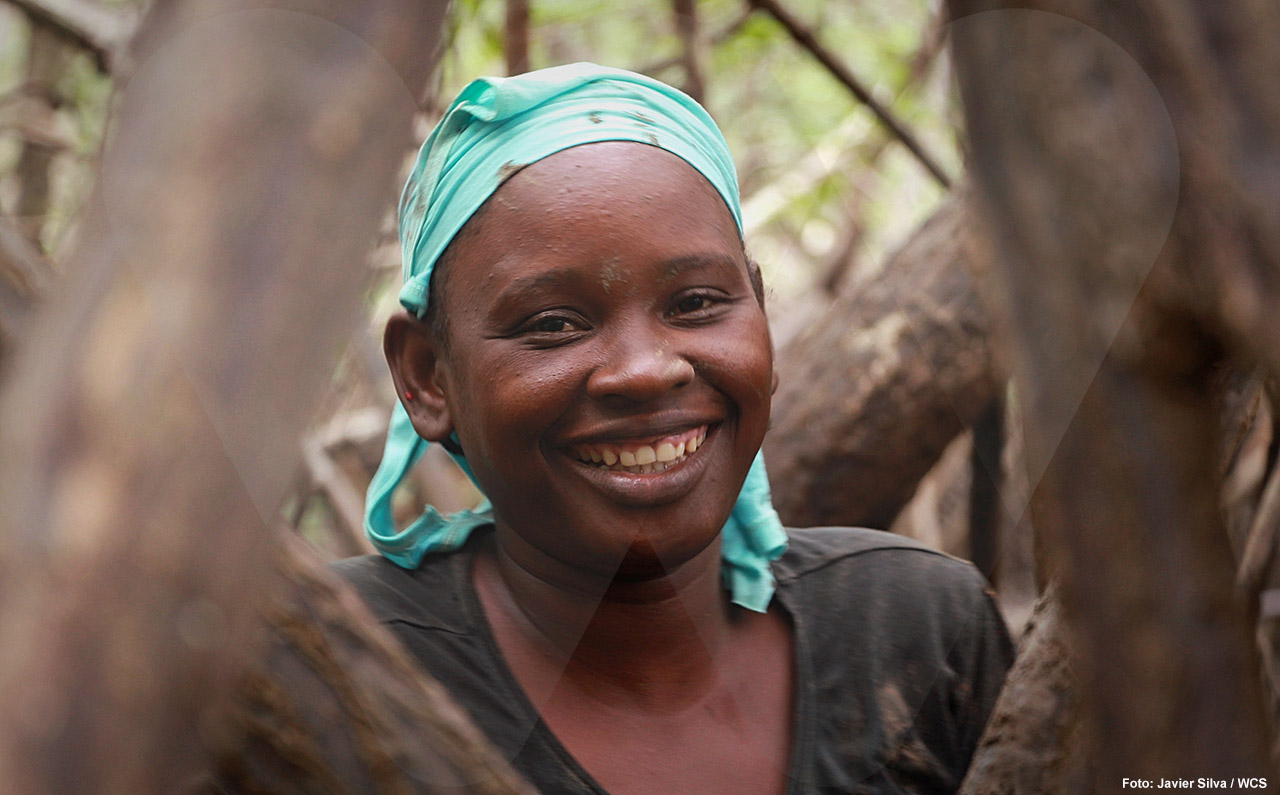Pianguar (harvest pianguas), an activity with social and cultural charm for the women of Bajo Baudó

As part of the management strategies, most of the women who harvest ‘pianguas’ (ark clams) would be willing to establish a voluntary closed season to give their reproduction a breather.
El Encanto de los Manglares del Bajo Baudó, one of the Integrated Management Regional Districts, located in Chocó, is a natural reserve area where an essential resource for the communities of this region stands out: the piangua (ark clam).
As it represents a key income for the families, it is, within the invertebrate group, the coastal communities´ most important resource. But it is also one of the most affected, not only the female piangua (Anadara tuberculosa), a more abundant and demanded species, but also the male piangua (Anadara similis), used for local consumption.
Their main threat is that both species are harvested in small sizes, which is not sustainable; that is, smaller than the 5 centimeters permitted by Colombian law. In Ecuador, where consumption is high, a smaller size is permitted for commercialization: 4.5 centimeters. This difference in regulations led the national 'piangüeras' (women who harvest the pianguas) to harvest the mollusk unconcerned of its size and sell it to middlemen who export it to Ecuador.
Occasionally, to evade Colombian regulations, the pianguas are shucked and their meat sold by weight, a strategy that conceals their size when they are commercialized. As a consequence of this practice, there is a decrease in the supply of this resource and, at the same time, its levels of recovery are uncertain.
Strenuous work led by women
The harvesting of beach and mangrove invertebrates is done manually, mainly by women and during low tide.

In the mangroves, they put their hand in the water, feel around in the roots and, when they find a ‘piangua’, they pull it out. This implies strenuous physical effort, as they must remain crouched down, in the mud and exposed to insect stings and bites from other animals, such as toadfish, mantis shrimps and crabs.
The piangüeras make the most of their long hours in the mangrove by harvesting other resources in this same place, among them the locally called piacuil (Littorina zebra), oroño (mangrove snail - Thaisella kiosquiformis) and jaiba haragana (crab – Eurypanopeus spp), found on the exposed part of the roots. But not all is work for these hardworking women; the hours go by faster as they chat, tell anecdotes and laugh at their own stories.
Occasionally, men also participate in this activity, especially when there is demand for this resource from abroad. This was a very normal situation in the decades of the 70s and the 80s, when whole families went to the mangrove to harvest. Men also search the sand beaches for a marine worm known as peanut worm (Phylum, Sipuncula), used as bait for hook fishing,
Actions suggested by the community
Months ago, during the ‘Participatory characterization of conservation targets of the Integrated Management Regional District El Encanto de los Manglares del Bajo Baudó’, within Concosta and led by WCS Colombia jointly with Concosta Community Council and Codechocó, a workshop took place to generate a construction of historical information of the 'piangua'. There, a group of women confirmed that the capture volumes have decreased in the last 20 years and that the effort to harvest a normal amount of the resource is now double.
“The generation of input that will enable the management of this activity in the Integrated Management Regional District, based on studies of piangua populations at a local level, is necessary. Also, the definition of actions that seek to establish a balance between those who carry out the activity within the protected area, their socioeconomic conditions and the potential of the resource in the market. In this way, we could think of attaining the best ecological, economic and social benefits of the communities in this protected area, maintaining the cultural bonds that the activity generates among the piangüeras”, explained Paola A. Mejía, marine leader of WCS Colombia.

So far, there is a management action at a national level with the piangua that establishes a minimum size for its capture, which is an important measure. However, other actions are required to improve the status of the resource.
Strategies for the conservation of the mangrove ecosystem should also be established, for which the Integrated Management Regional District has already defined some preservation zones. Likewise, and as a means to reduce pressure and enable the recovery of the piangua populations, the rotation of the extraction areas in the zones established for sustainable use, could be studied.
During the workshop, the women expressed their willingness to develop a voluntary closed season. “This could be one of the actions to be taken. The dates during which the resource cannot be harvested should be set, based on biological information of the species”, added Diego Amariles, WCS Colombia biologist.
To contribute with the above, WCS has a study in progress on the reproduction of the piangua, with the cooperation of the piangüeras of Concosta who, during the workshop, expressed their interest in cooperating and supplying the pianguas to be evaluated.
